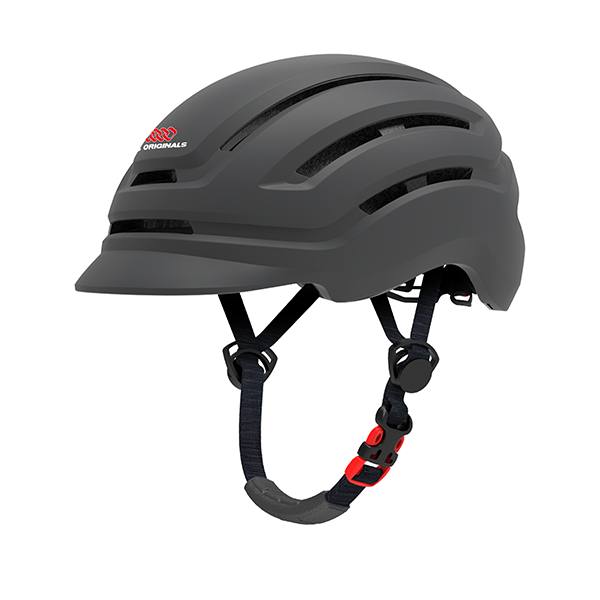When it comes to residential electrical systems, the humble switch plays a pivotal role in managing the flow of electricity to various fixtures and appliances. Understanding the different types of switches available can empower homeowners to make informed decisions about their electrical setups, enhancing both functionality and safety. In this article, we will delve into the three primary types of switches used in residential electrical systems: toggle switches, dimmer switches, and smart switches. Each type serves a unique purpose and offers distinct advantages, making it essential to choose the right one for your needs.
- Toggle Switches: The Classic Choice
Overview
Toggle switches are perhaps the most recognizable type of switch, characterized by their simple on/off mechanism. They typically feature a lever that can be flipped up or down to control the flow of electricity. These switches are widely used in residential settings due to their reliability and ease of use.
Applications
Toggle switches are ideal for controlling standard lighting fixtures, ceiling fans, and other electrical devices that require a straightforward on/off operation. They are commonly found in hallways, bedrooms, and living areas, providing a familiar interface for users.
Advantages
- Simplicity: The straightforward design makes toggle switches easy to operate, even for those unfamiliar with electrical systems.
- Durability: Made from robust materials, toggle switches are built to withstand frequent use without compromising performance.
- Cost-Effectiveness: Generally, toggle switches are among the most affordable options available, making them a budget-friendly choice for homeowners.
- Dimmer Switches: Control Your Ambiance
Overview
Dimmer switches allow users to adjust the brightness of their lighting fixtures, providing greater control over the ambiance of a room. By varying the voltage supplied to the light bulb, dimmers can create a range of lighting effects, from bright illumination to soft, intimate lighting.
Applications
These switches are particularly popular in dining rooms, home theaters, and bedrooms, where mood lighting can enhance the overall experience. Dimmers are compatible with various types of bulbs, including incandescent, LED, and CFL, although it’s crucial to ensure compatibility for optimal performance.
Advantages
- Energy Efficiency: By reducing the brightness of lights, dimmer switches can lead to lower energy consumption, resulting in cost savings on electricity bills.
- Versatility: Dimmers can be used with multiple types of lighting fixtures, allowing homeowners to customize their lighting solutions.
- Enhanced Aesthetics: The ability to adjust lighting levels can significantly improve the visual appeal of a space, making it more inviting and comfortable.
- Smart Switches: The Future of Home Automation
Overview
Smart switches represent the cutting edge of residential electrical technology, integrating with home automation systems to provide remote control and programmability. These switches can be controlled via smartphone apps, voice commands, or automated schedules, offering unparalleled convenience.
Applications
Smart switches can be used to control virtually any electrical device, from lights to ceiling fans and even outdoor lighting. They are particularly beneficial for homeowners looking to enhance security, as they can be programmed to simulate occupancy by turning lights on and off at specific times.
Advantages
- Remote Access: Homeowners can control their lights from anywhere, providing peace of mind and convenience.
- Energy Monitoring: Many smart switches come equipped with energy monitoring features, allowing users to track their energy consumption and make informed decisions about usage.
- Integration with Other Smart Devices: Smart switches can seamlessly integrate with other smart home devices, such as security cameras and thermostats, creating a cohesive and efficient home automation system.
Conclusion
Choosing the right type of switch for your residential electrical system is crucial for optimizing functionality, enhancing safety, and improving energy efficiency. Whether you opt for the simplicity of toggle switches, the ambiance control of dimmer switches, or the advanced features of smart switches, each type offers unique benefits tailored to different needs. By understanding these options, homeowners can make informed decisions that not only meet their immediate requirements but also contribute to a more efficient and enjoyable living environment. As technology continues to evolve, embracing these innovations can lead to a smarter, more connected home.



